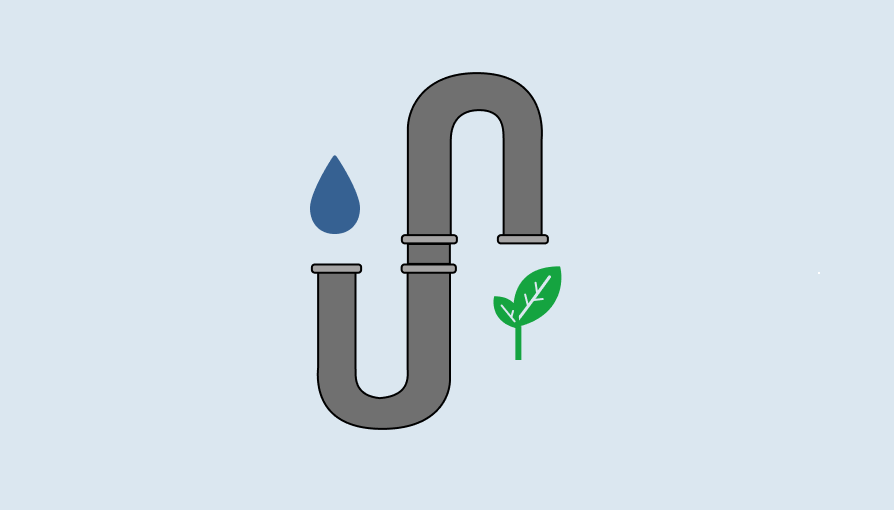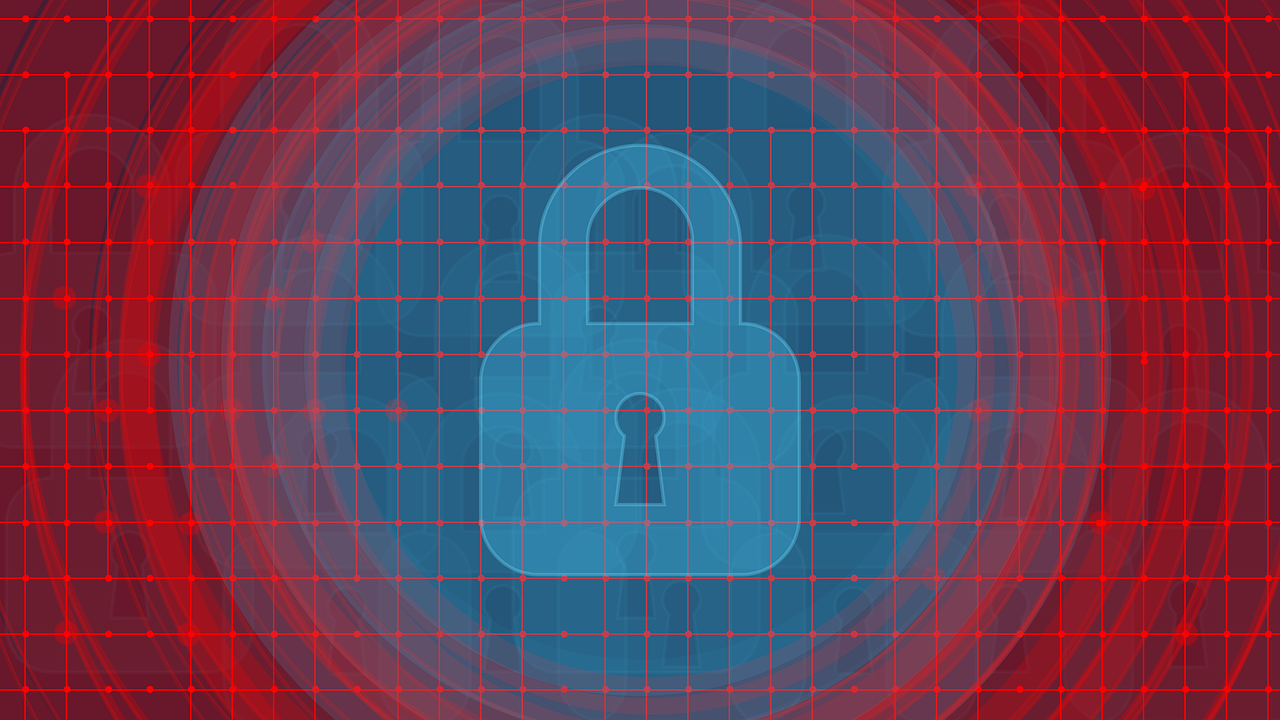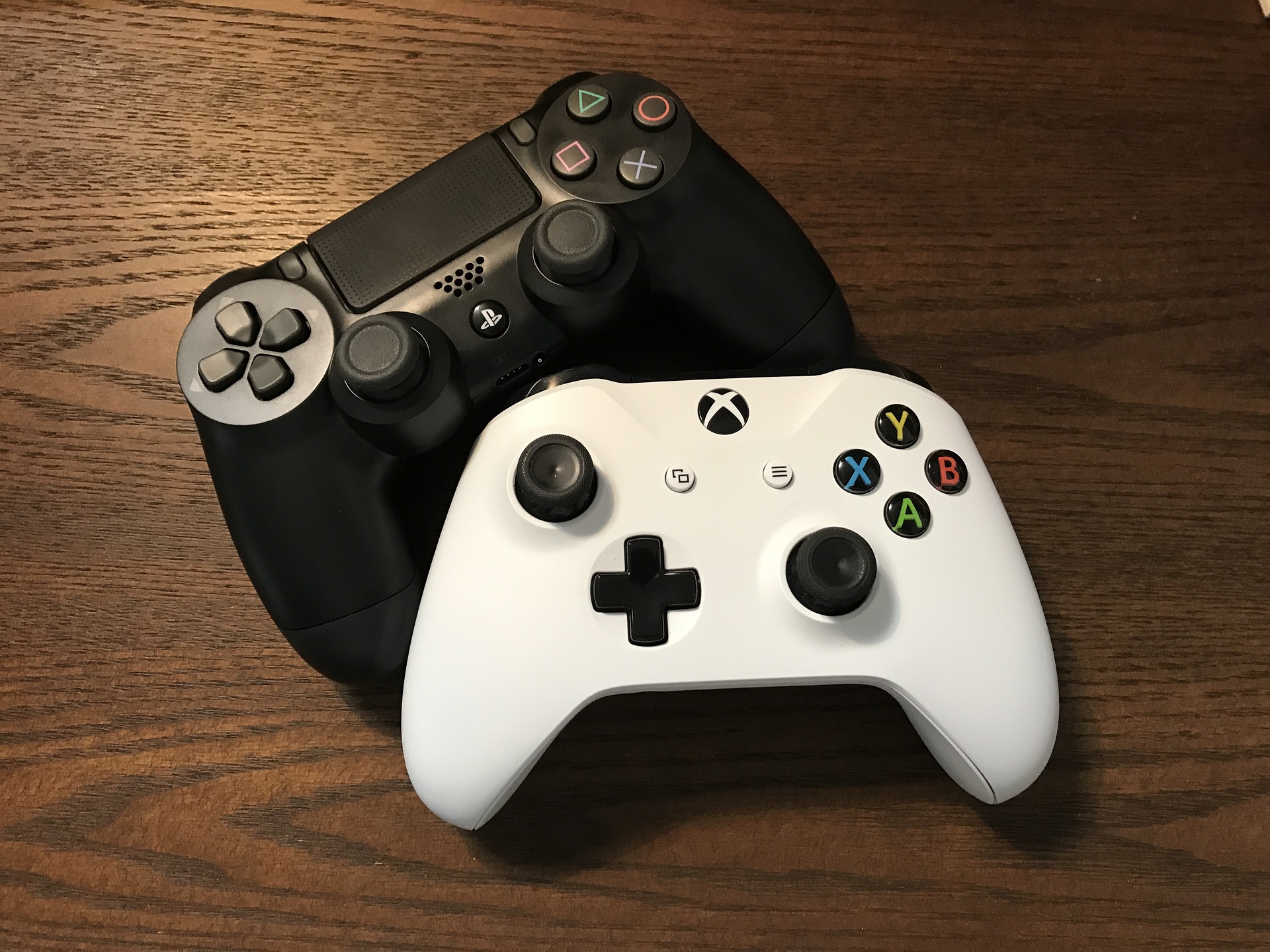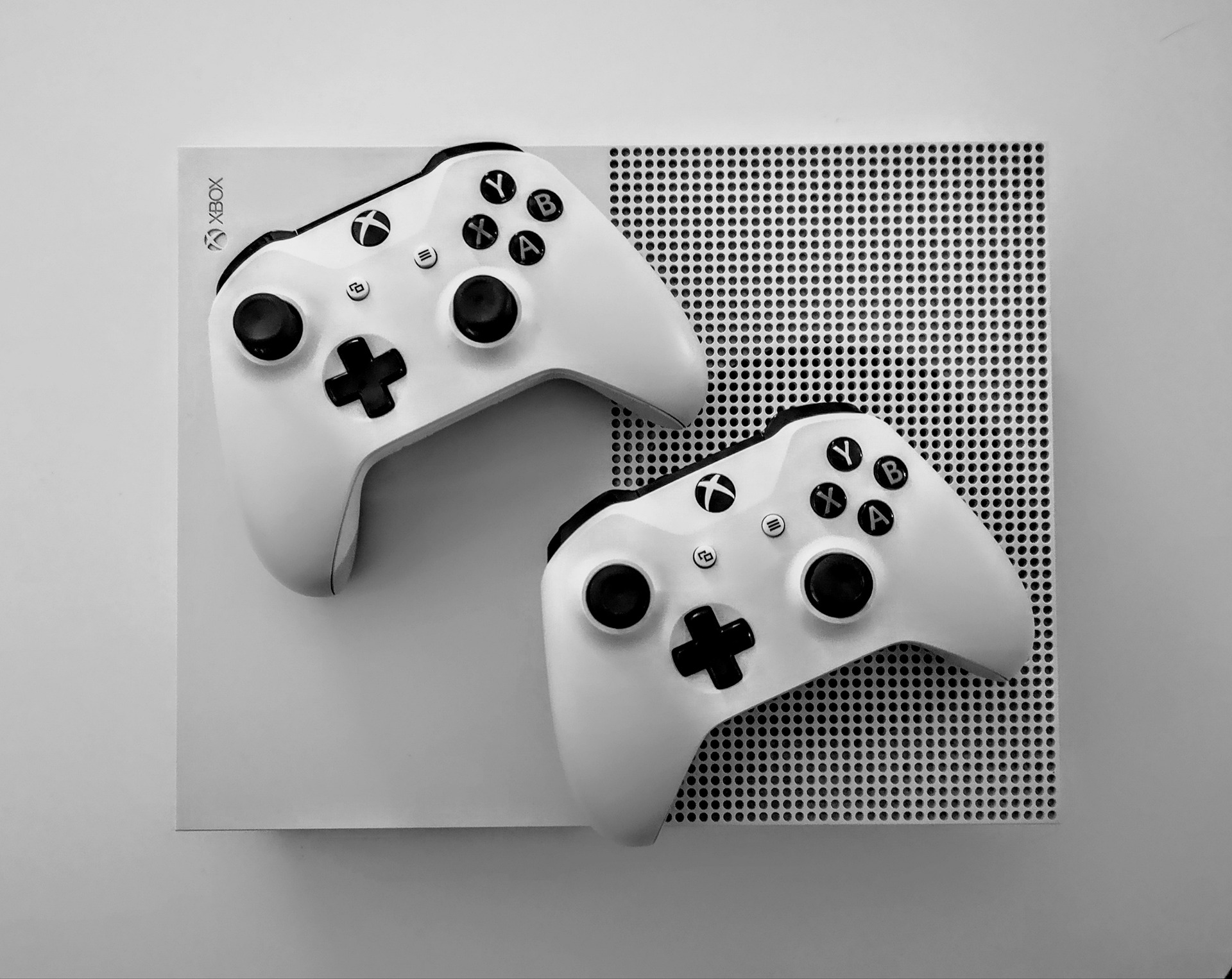Introduction:
Plumbing problems are inevitable for homeowners, but knowing how to address them can save you time, money, and frustration. While major plumbing issues often require professional help, some common problems can be resolved with a bit of DIY knowledge and basic tools. In this guest post, we will discuss some common plumbing problems and provide practical solutions to fix them. By understanding these issues and learning how to tackle them, you can maintain a functional plumbing system and prevent unnecessary expenses.
Dripping Faucets:
A dripping faucet not only wastes water but can also be an annoying sound. Usually, a worn-out or faulty washer or seal is the culprit. To fix this, turn off the water supply to the faucet, disassemble the faucet handle, and replace the washer or seal with a new one. If you’re unsure about the type of washer or how to disassemble the faucet, consult a plumbing professional.
Clogged Drains:
Clogged drains are a common annoyance in kitchens, bathrooms, and laundry rooms. Start by using a plunger to create suction and dislodge the clog. If that doesn’t work, try using a drain snake or auger to physically remove the blockage. Avoid using chemical drain cleaners as they can be harsh on pipes and may not effectively clear the clog.
Running Toilets:
A running toilet can waste a significant amount of water and increase your water bill. One of the main culprits is a faulty flapper valve. Open the toilet tank and inspect the flapper valve. If it’s damaged or doesn’t seal properly, replace it with a new one. Additionally, check the fill valve and adjust the water level to the appropriate height. These simple adjustments can often resolve the running toilet issue.
Low Water Pressure:
Low water pressure hot water can make tasks like showering and washing dishes frustrating. The problem could be due to a clogged aerator on the faucet or a mineral buildup in the showerhead. Remove the aerator or showerhead, soak them in vinegar overnight to dissolve any mineral deposits, and clean them thoroughly. If the problem persists, it may indicate a more significant issue in the plumbing system, and a professional plumber should be consulted.
Leaking Pipes:
Leaking pipes can cause water damage and lead to mold growth if left unaddressed. First, turn off the main water supply to prevent further leakage. Depending on the severity of the leak, you may need to replace a faulty section of pipe or tighten loose fittings. Use pipe sealant or plumber’s tape to ensure a secure connection. For major leaks or burst pipes, it’s essential to contact a professional plumber immediately.
Water Heater Issues:
If you’re experiencing problems with your water heater, such as inadequate hot water or strange noises, it may require attention. Start by checking the temperature and pressure relief valve for proper operation. If sediment buildup is a concern, drain and flush the water heater to remove any accumulated debris. If the issue persists, it’s best to have a professional plumber inspect and service the water heater.
Toilet Clogs:
Toilet clogs are a common plumbing issue that can often be resolved with a plunger. Apply firm, downward pressure with the plunger to create suction and dislodge the clog. If the plunger doesn’t work, try using a toilet auger or snake to break up or remove the blockage. Avoid using excessive force or sharp objects that may damage the toilet bowl or trap.
Slow Draining Sink:
If you notice that your sink is draining slowly, it’s likely due to a buildup of hair, soap scum, or food particles in the drain. Start by removing and cleaning the sink stopper or pop-up assembly. Then, use a bent wire hanger or a drain snake to remove any debris clogging the drain. Finally, flush the drain with hot water to ensure proper flow.
Garbage Disposal Jam:
If your garbage disposal gets jammed, it can prevent proper operation and lead to unpleasant odors. First, make sure the unit is turned off. Then, use an Allen wrench to manually rotate the disposal blades in both directions to dislodge the obstruction. Once cleared, run cold water and turn on the disposal to ensure it’s working smoothly.
Water Hammer:
Water hammer is a loud banging noise that occurs when a faucet or valve is turned off abruptly. It’s caused by a sudden change in water pressure. To fix this issue, install water hammer arrestors near the affected fixtures. These devices absorb the excess pressure and prevent the banging noise. If water hammer persists, it may indicate a more significant problem, and a professional plumber London should be consulted.
Leaky Showerhead:
A leaky showerhead can waste water and increase your utility bills. The most common cause is a worn-out or damaged showerhead washer. Start by unscrewing the showerhead from the shower arm using an adjustable wrench. Then, remove the old washer and replace it with a new one. Ensure a tight seal by using thread seal tape when reattaching the showerhead.
Faulty Sump Pump:
A malfunctioning sump pump can lead to basement flooding during heavy rains or melting snow. Test your sump pump by pouring water into the sump pit. If it doesn’t activate or doesn’t pump out the water effectively, it may require maintenance or replacement. Consult a professional plumber to assess the sump pump and ensure it’s functioning properly.
Foul Odors from Drains:
Unpleasant odors emanating from drains are often caused by a buildup of organic matter, grease, or debris. Start by pouring boiling water down the drain to flush out any residue. Then, pour a mixture of baking soda and vinegar into the drain, followed by hot water. This will help break down the buildup and eliminate odors. Regularly cleaning the drains with this method can prevent future odors.
Toilet Tank Fills Slowly:
If your toilet tank takes an unusually long time to fill after flushing, it may be due to a faulty fill valve or a partially closed shut-off valve. Ensure that the shut-off valve is fully open to allow water flow. If the fill valve is the issue, consider replacing it with a new one. Consult a professional plumber if you’re unsure or need assistance with the replacement.
Noisy Pipes:
If you hear banging, rattling, or whistling noises when using your plumbing fixtures, it could be due to loose pipes or water pressure fluctuations. Check for loose or improperly secured pipes and tighten any loose fittings or brackets. If the noisy water pipes persist, it may be necessary to install water hammer arrestors or adjust the water pressure regulator.
Conclusion:
Being aware of common plumbing problems and knowing how to fix them can empower homeowners to tackle minor plumbing issues effectively. However, it’s important to recognize your limitations and call a professional plumber for complex problems or if you’re uncertain about the appropriate solution. By addressing plumbing problems promptly and efficiently, you can maintain a well-functioning plumbing system and ensure the comfort and convenience of your home.




